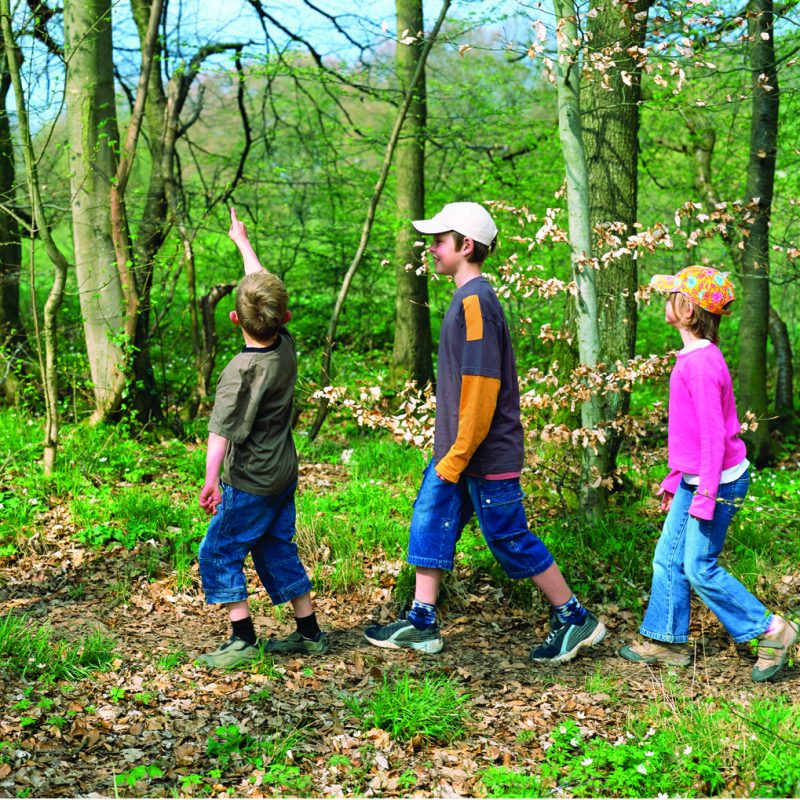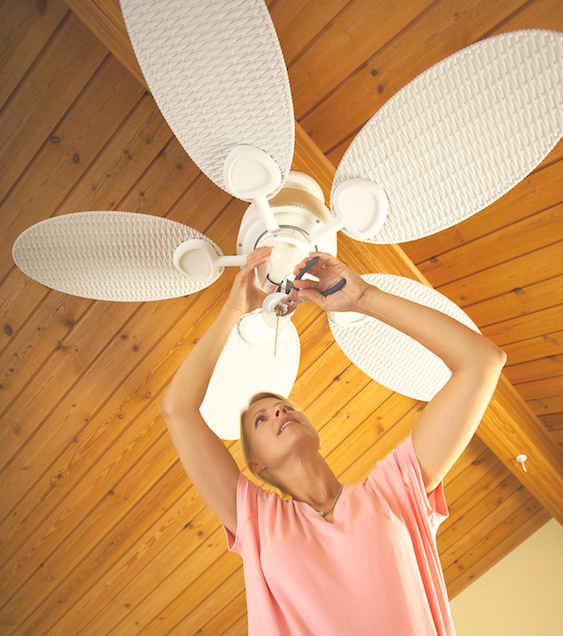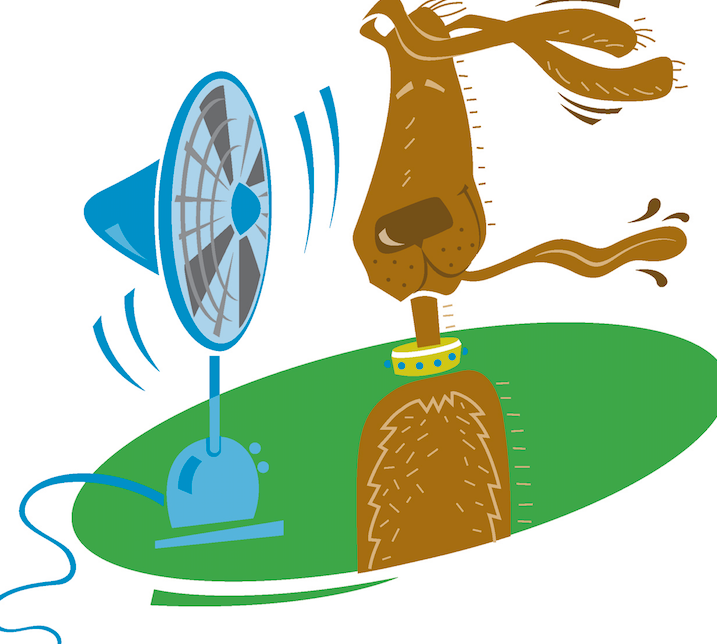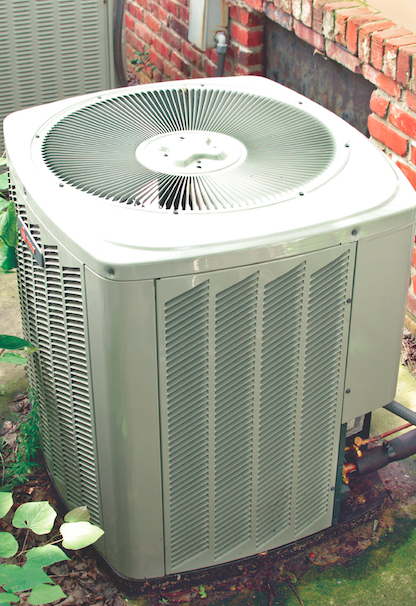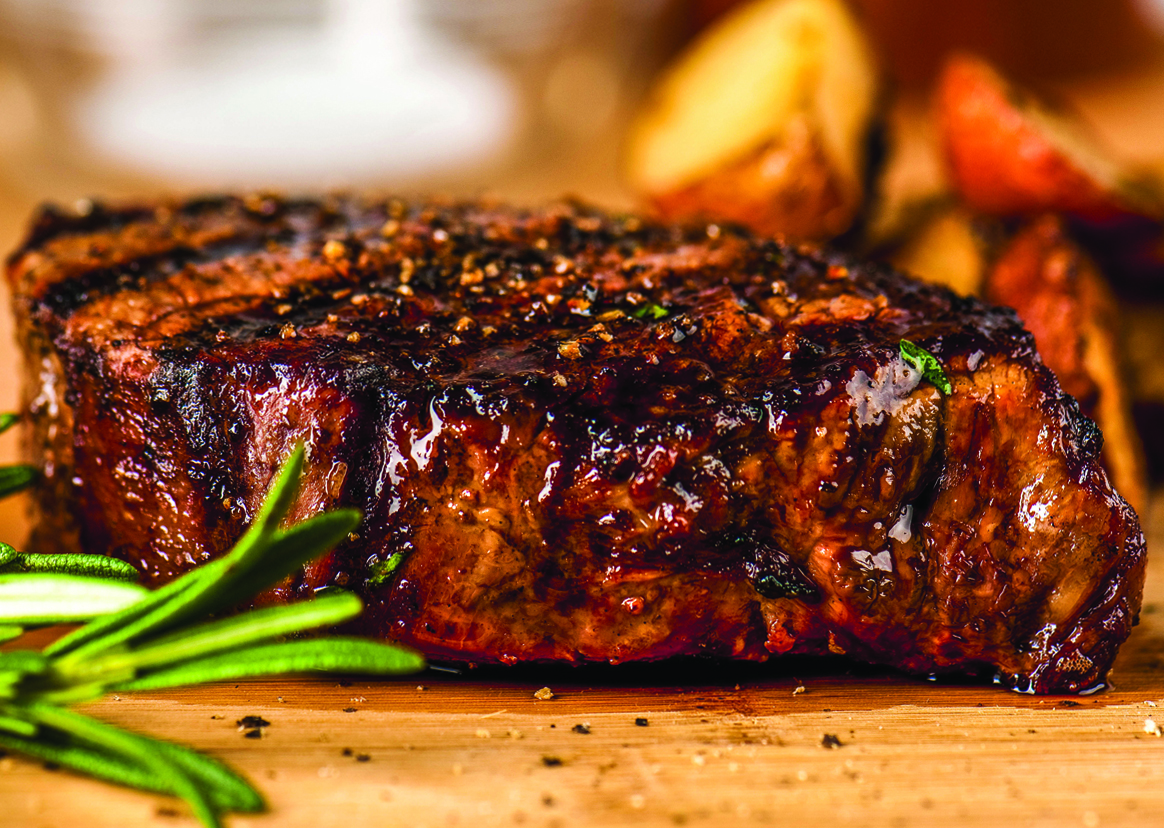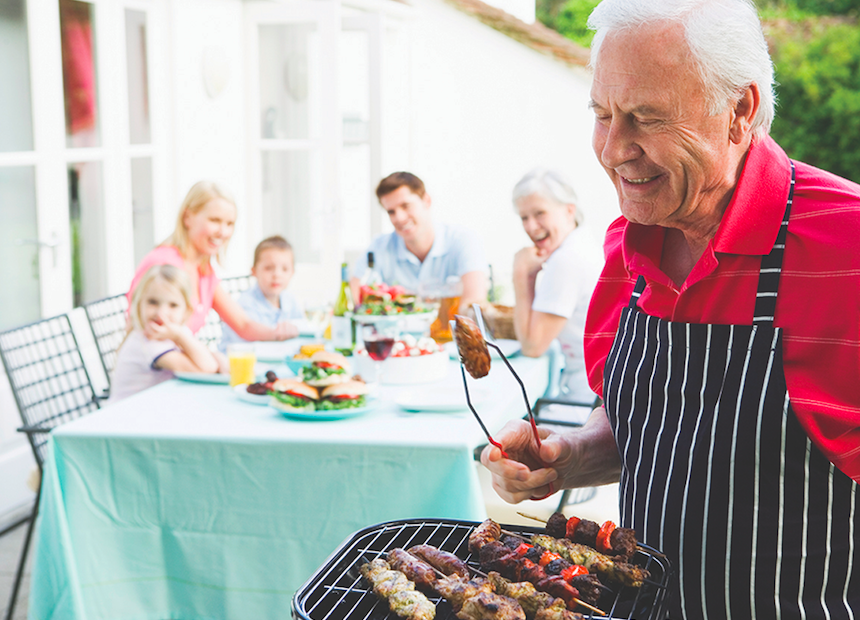When the weather warms, yards beckon, hiking trails look even more inviting and even a patch of grass can be a welcoming respite. Lots of fun can be had outside, but caution is needed. While this time of year is prime for outdoor frolicking, it’s also a time when tick populations explode. Ticks are small crawling bugs in the arachnid (spider) family. There are hundreds of different kinds of ticks in the world. The Canadian Lyme Disease Foundation says there are at least 40 species of tick in Canada alone. The creature subsists on meals of blood from a host animal. Ticks can carry bacteria, viruses and other pathogens that can cause serious disease in humans and other animals, states LymeDisease.org.
Ticks feed and mate mostly on deer, but rodents, birds, lizards, and just about any other animal can be a host to these nondiscriminatory bugs. Animals carry the diseases, which are then passed through the tick to others. Disease-spreading ticks can be extremely hard to detect because of their diminutive size, especially when they are in the larva or nymph stages. Therefore, preventing tick bites remains the single-best way to stay ahead of Lyme disease and other illnesses. Understanding tick habitats and behavior can make it easier to avoid them.
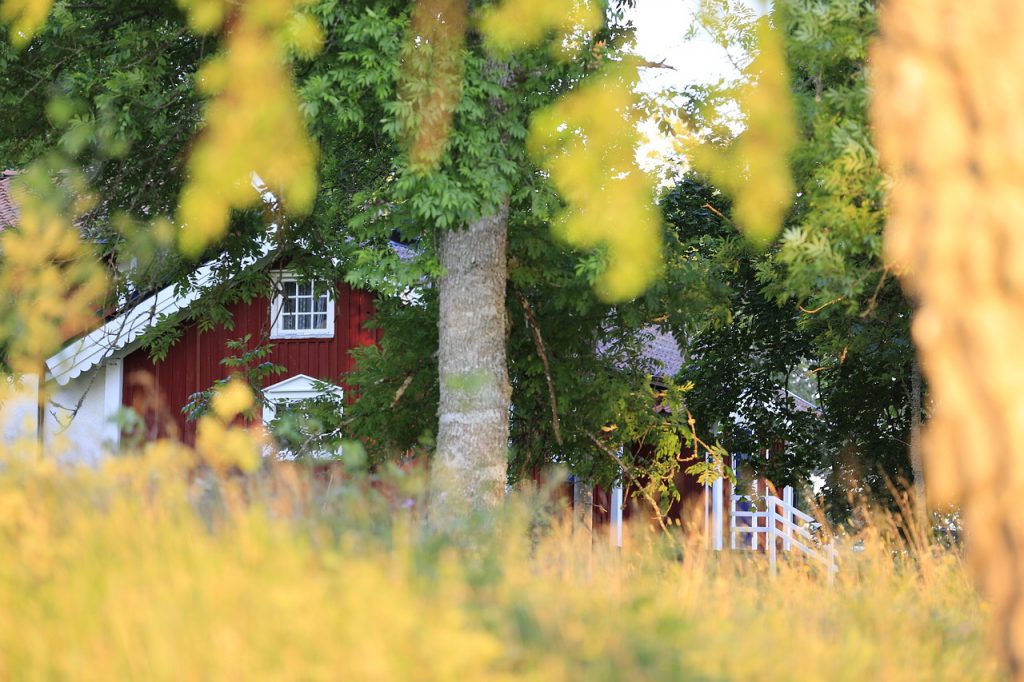 Where To Find Ticks
Where To Find Ticks
Ticks will congregate anywhere the animals they feed upon live. Primarily they are located in wooded and grassy areas. Adults will climb up on tall grass waiting for an animal to pass by so they can climb aboard. Nymphs and larvae will live in layers of decomposing leaves under trees. Moisture is a friend to ticks, which are less active in sunny, dry areas. Therefore, the Centers for Disease Control and Prevention says removing leaf litter, clearing tall grasses and brush and mowing the lawn frequently can help.
5 Ways To Create Tick-safe Zones At Home
• Stack wood neatly in a dry area.
• Keep playground equipment and entertaining spaces away from trees and yard edges.
• Discourage unwanted animals with fencing.
• Prevent tick migration into yards with a three-foot-wide barrier of gravel between lawns and wooded areas.
• If desired, employ acaricides (tick pesticides) to reduce the number of ticks in your yard.
On the go when enjoying the great outdoors, avoid tall grasses and stay on trails. Wear tall socks or pants during hikes to prevent ticks from latching on. A thorough inspection of the body is advisable each time people return indoors. Check hidden areas, such as behind the knees, under the arms and in other skin-fold areas, for ticks. Tick populations grow as the weather warms. Ensure spring and summer fun is not dampened by tick-related illness.



